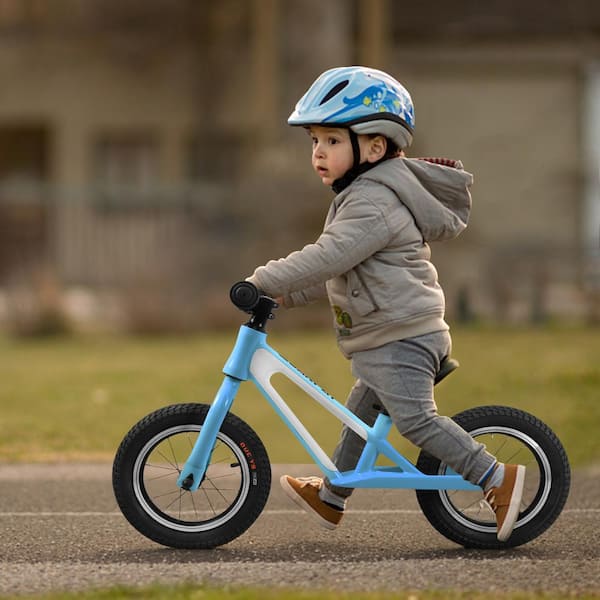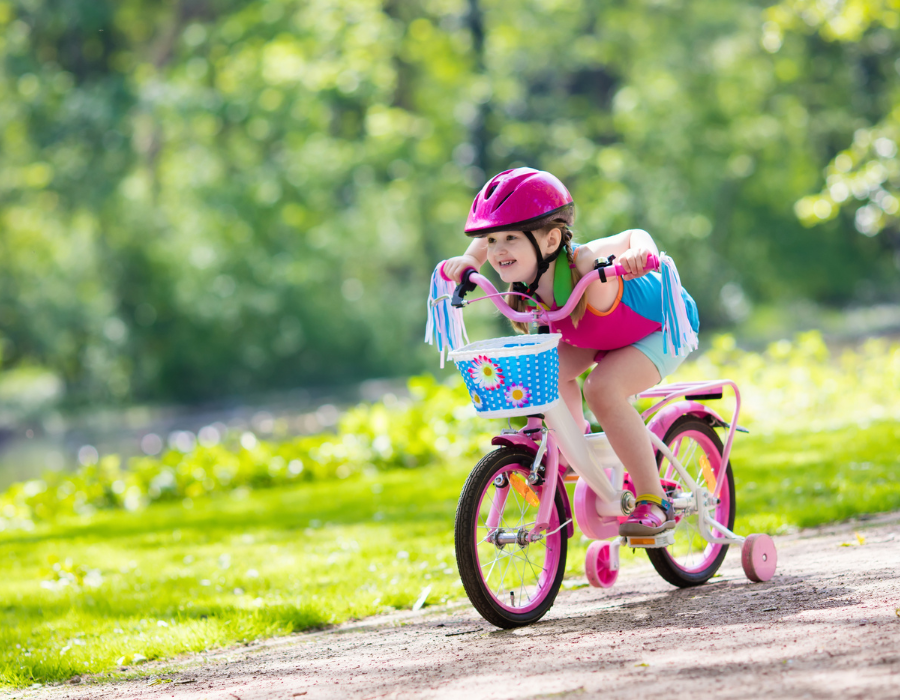Just How to Select the Perfect Bike for Kids of All Ages
Picking the suitable bike for youngsters calls for a nuanced understanding of numerous variables that cater to their distinct requirements. In addition, the kind of bike can substantially affect a child's interest for riding, making it essential to straighten their passions with the appropriate model.
Comprehending Bike Sizes
When choosing a bike for kids, comprehending bike dimensions is essential to ensure both safety and security and comfort. The appropriate bike size directly influences a child's capability to regulate the bike and maintain equilibrium, which is essential for their confidence and satisfaction of riding.
Bike dimensions are normally classified by wheel diameter, with usual dimensions for children varying from 12 inches to 24 inches. To determine the correct dimension, start by determining the youngster's inseam. This dimension assists to match the bike's seat height to the kid's leg size. A correctly sized bike enables a kid to position their feet level on the ground while seated, supplying stability and simple dismounting.
Additionally, consider the kid's age and height when selecting a bike. More youthful youngsters generally need smaller sized structures, while older children might require bigger bikes with more advanced attributes.
Necessary Safety Attributes
Focusing on essential safety attributes is vital to making certain a safe riding experience for youngsters. When picking a bike, moms and dads need to focus on a number of critical safety components that can dramatically improve protection while riding.

Following, think about the visibility of lights and reflectors. These features enhance presence, making it easier for others, including vehicle drivers, to see the youngster while riding, particularly in low-light conditions.
A durable framework created to hold up against impact is also essential. Products such as light weight aluminum or steel can enhance toughness, making certain that the bike can withstand rough use.

Kinds of Bikes for Youngsters
Selecting the appropriate kind of bike for kids is vital for both pleasure and skill advancement. bike for kids. There are numerous kinds of bikes created to satisfy the varying needs of young motorcyclists, each accommodating different ages and riding experiences
For kids aged five to 10, conventional bikes with training wheels can supply a sense of protection while they learn to ride individually. These bikes come in various sizes, generally varying from 12 to 20 inches in wheel size.
For older youngsters, mountain bicycle supply flexibility for off-road experiences, featuring durable frameworks and thicker tires for improved traction. Roadway bikes, with visit their lightweight building and construction and slim tires, appropriate for kids interested in speed and longer trips on smooth surface areas. Finally, BMX bikes are designed for stunt riding and racing, featuring a durable structure and smaller wheels.
Understanding these types of bikes helps parents select the suitable model based on their kid's age, skill degree, and riding preferences, ensuring a safe and satisfying biking experience.
Selecting the Right Design
Choosing the best style of bike for children can significantly improve their riding experience and foster a long-lasting love for cycling. When choosing a bike, it's vital to think about the youngster's age, ability level, and planned usage.
For more youthful kids, balance bikes are an exceptional choice, as they aid develop control and balance without the complexity of pedaling. As they get and grow confidence, transitioning to a pedal bike with training wheels can offer a smoother introduction to biking.
For older youngsters or those that are more daring, mountain bikes provide durability and adaptability for off-road routes, while road bikes cater to those thinking about speed and longer ranges on smooth surfaces. Furthermore, BMX bikes give an enjoyable option for techniques and stunts in skate click to find out more parks.
Design also plays a substantial role; bikes come in different design and colors, appealing to a child's character and choices. Inevitably, the best bike must match the child's riding ambitions, guaranteeing they feel motivated and ecstatic to ride on a regular basis. By thoroughly considering these aspects, moms and dads can select a bike that not just fulfills useful needs however likewise influences an enthusiasm for biking.
Tips for Upkeep and Care
Regular maintenance and treatment are vital for keeping a kid's bike in optimal problem and making sure a secure riding experience. To start, routinely examine the bike for any signs of wear or damage - bike for kids. Check the tires for proper rising cost of living and step wear, as under-inflated tires can impact performance and safety
Next, check the brakes to guarantee they work successfully. Squeaky or unresponsive brakes can bring about mishaps. Oil the chain frequently to stop corrosion and ensure smooth pedaling; make use of a bike-specific lubricant for ideal outcomes.
In addition, maintain the bike tidy by wiping down the framework and parts to get rid of dust and debris. This not only improves the bike's appearance however also prolongs its lifespan.
Change the seat elevation as your child expands to promote appropriate pose and convenience while riding. Encourage your youngster to take part in the upkeep process, promoting a feeling of obligation and care for their bike.

Verdict
Selecting the ideal bike for children demands mindful consideration of size, safety functions, and type. Making sure the bike fits the youngster's elevation and inseam promotes stability and comfort. Furthermore, prioritizing safety aspects such as reputable brakes and durable structures boosts the general riding experience. By matching the bike design to the kid's passions and making sure correct upkeep, a delightful and risk-free biking experience can be achieved, fostering a long-lasting love for cycling.
Furthermore, the type my site of bike can substantially affect a youngster's excitement for riding, making it crucial to align their rate of interests with the appropriate design. Younger kids typically need smaller frameworks, while older youngsters might need larger bikes with more sophisticated functions. For kids aged 5 to 10, conventional bikes with training wheels can give a sense of security while they find out to ride individually. Inevitably, the right bike should match the youngster's riding passions, ensuring they really feel determined and thrilled to ride regularly.Regular maintenance and treatment are essential for keeping a child's bike in optimal condition and making sure a secure riding experience.